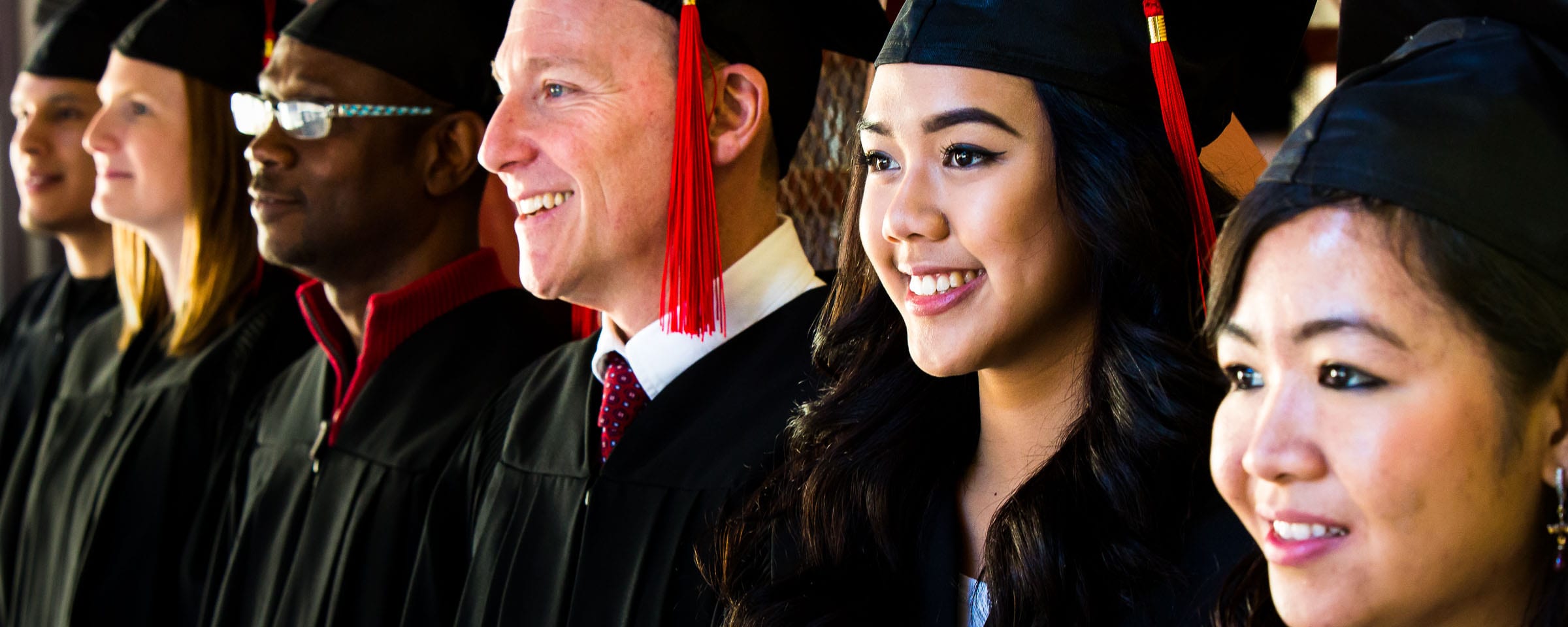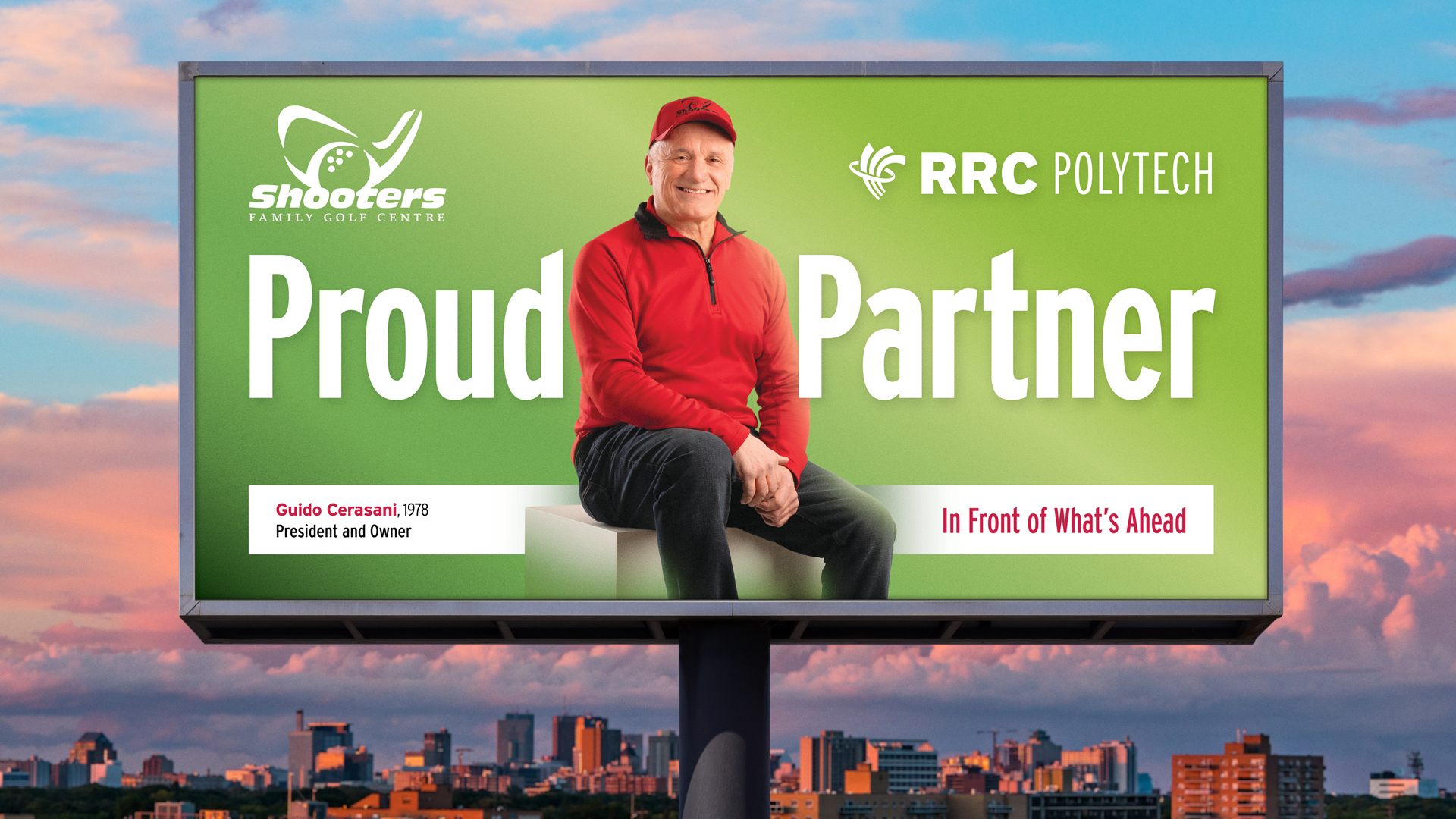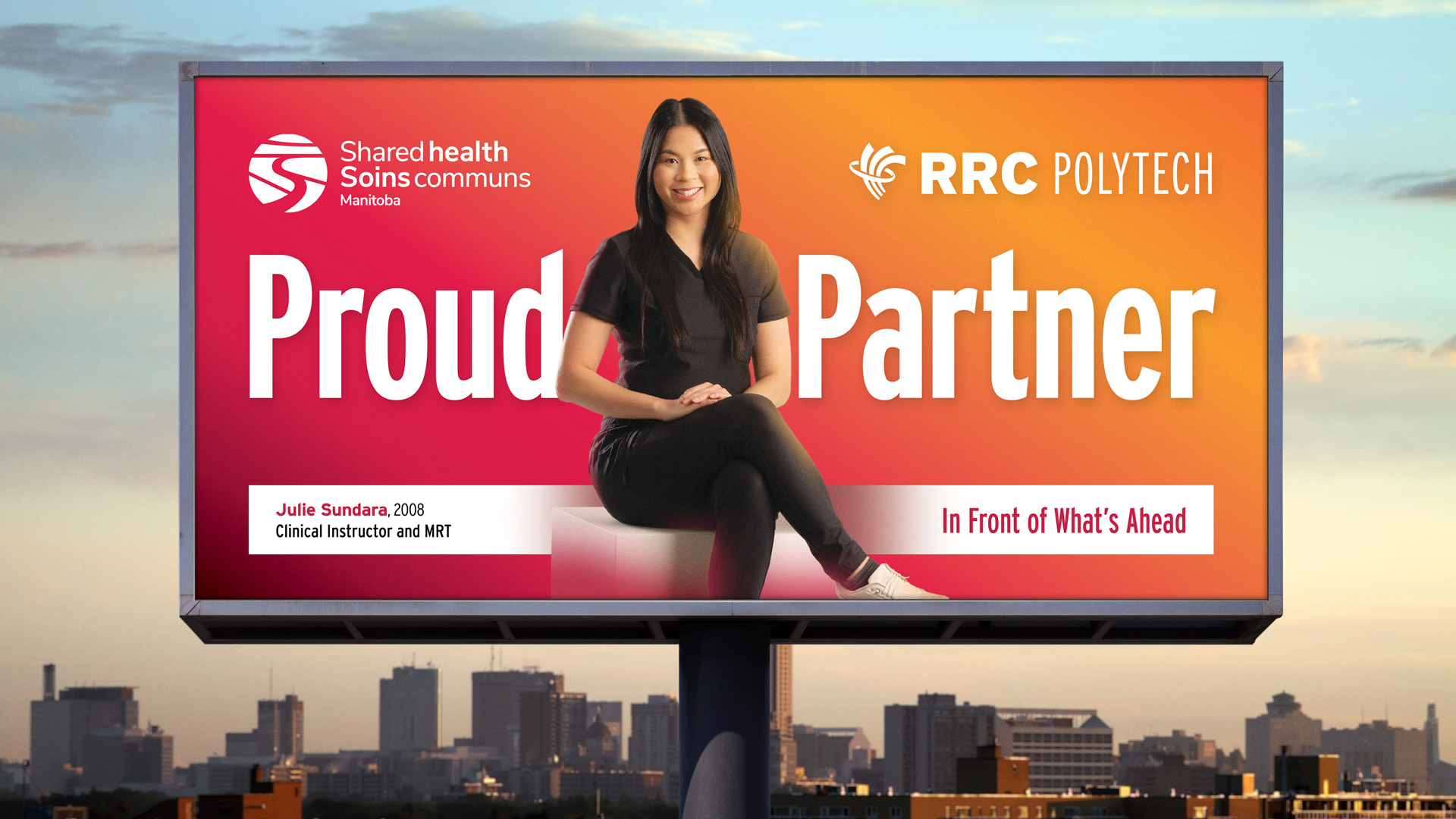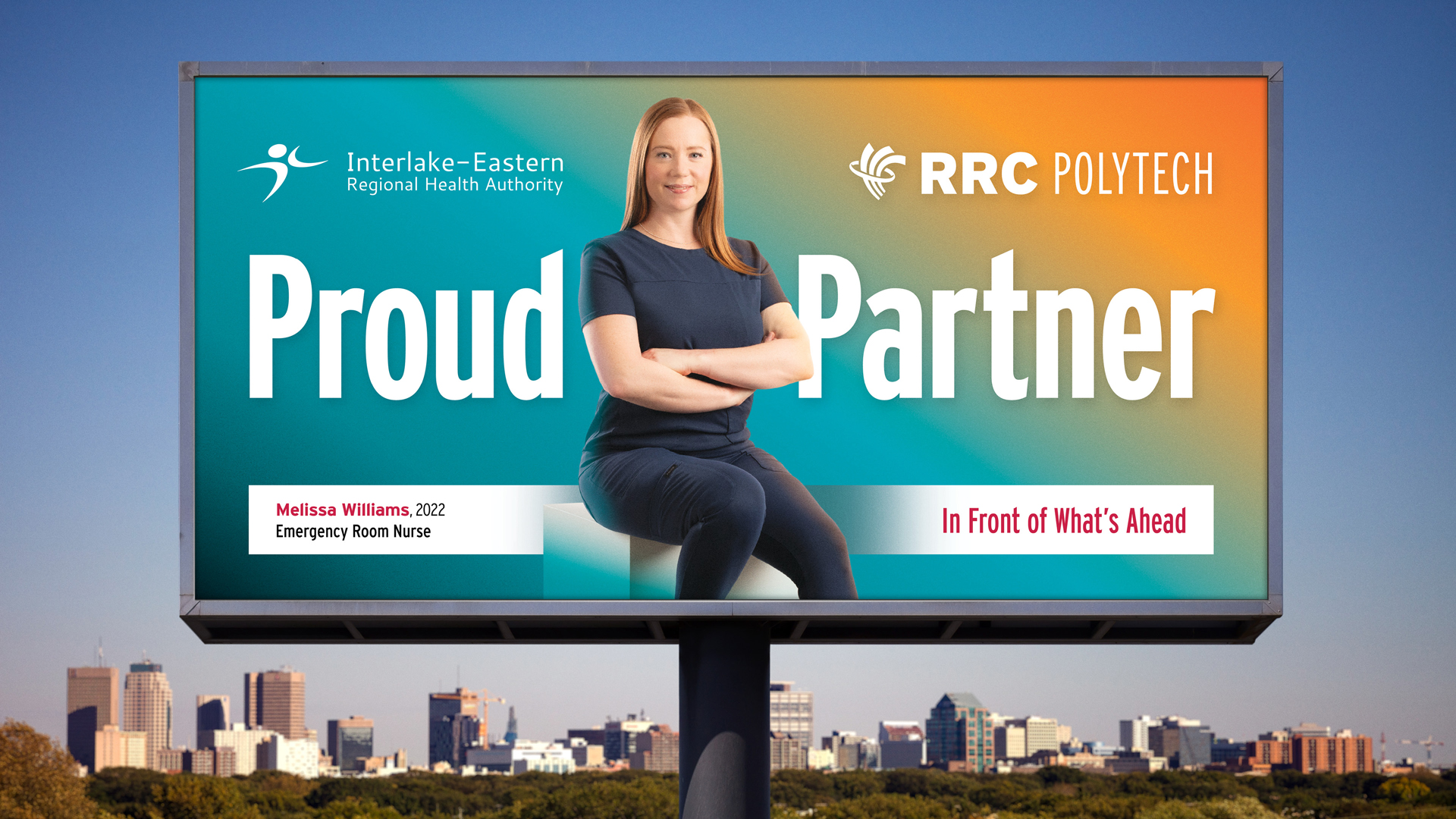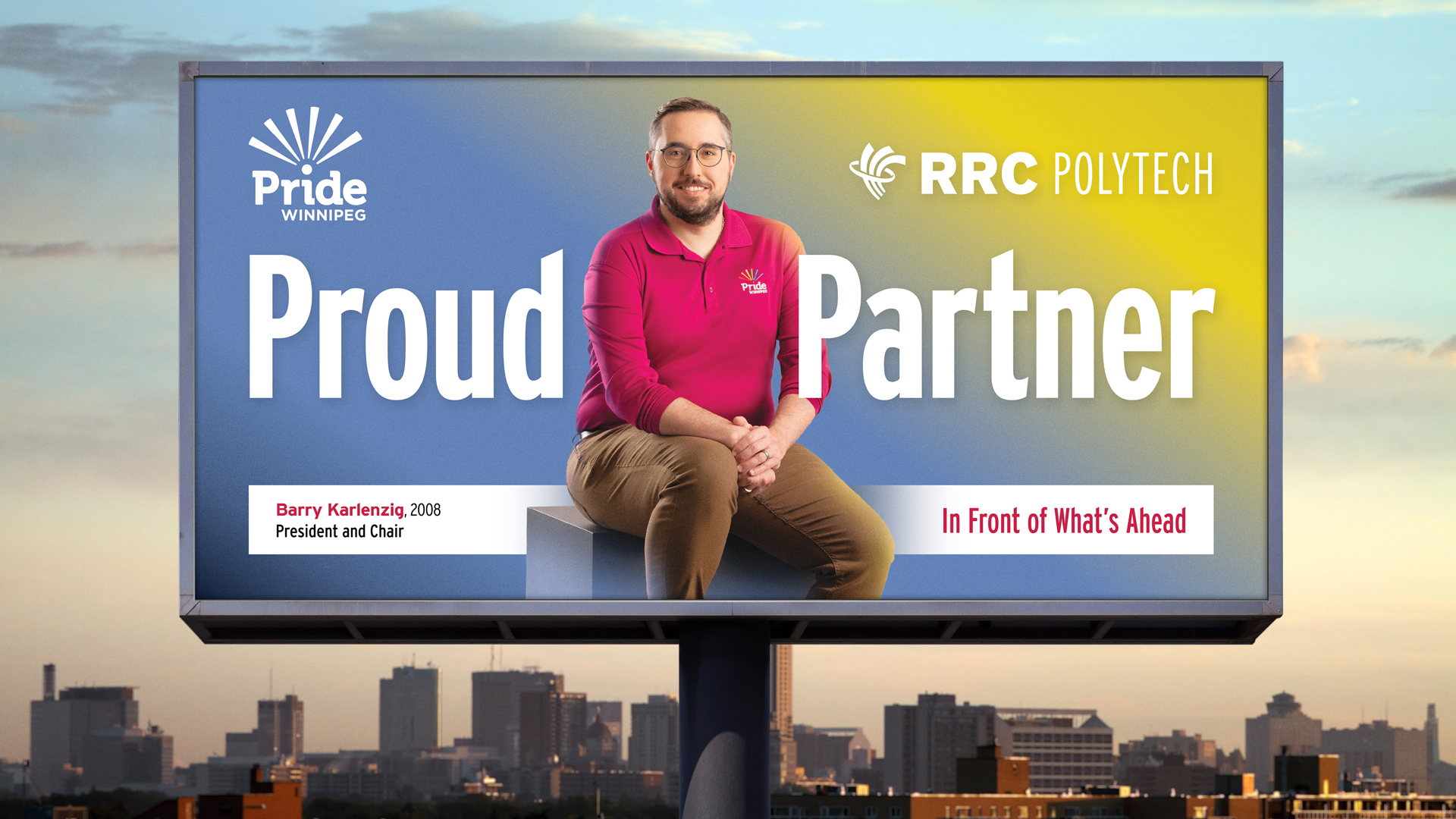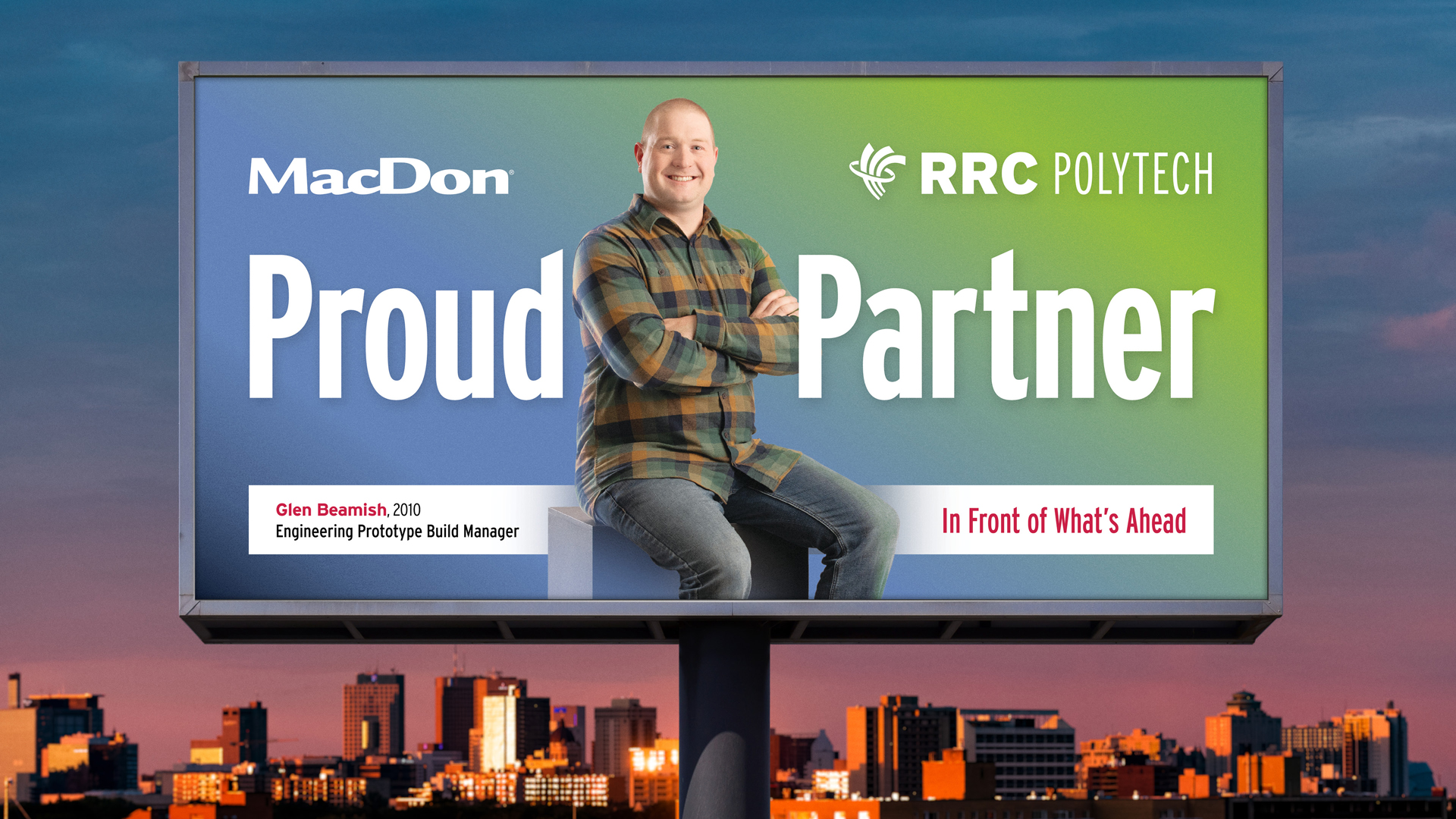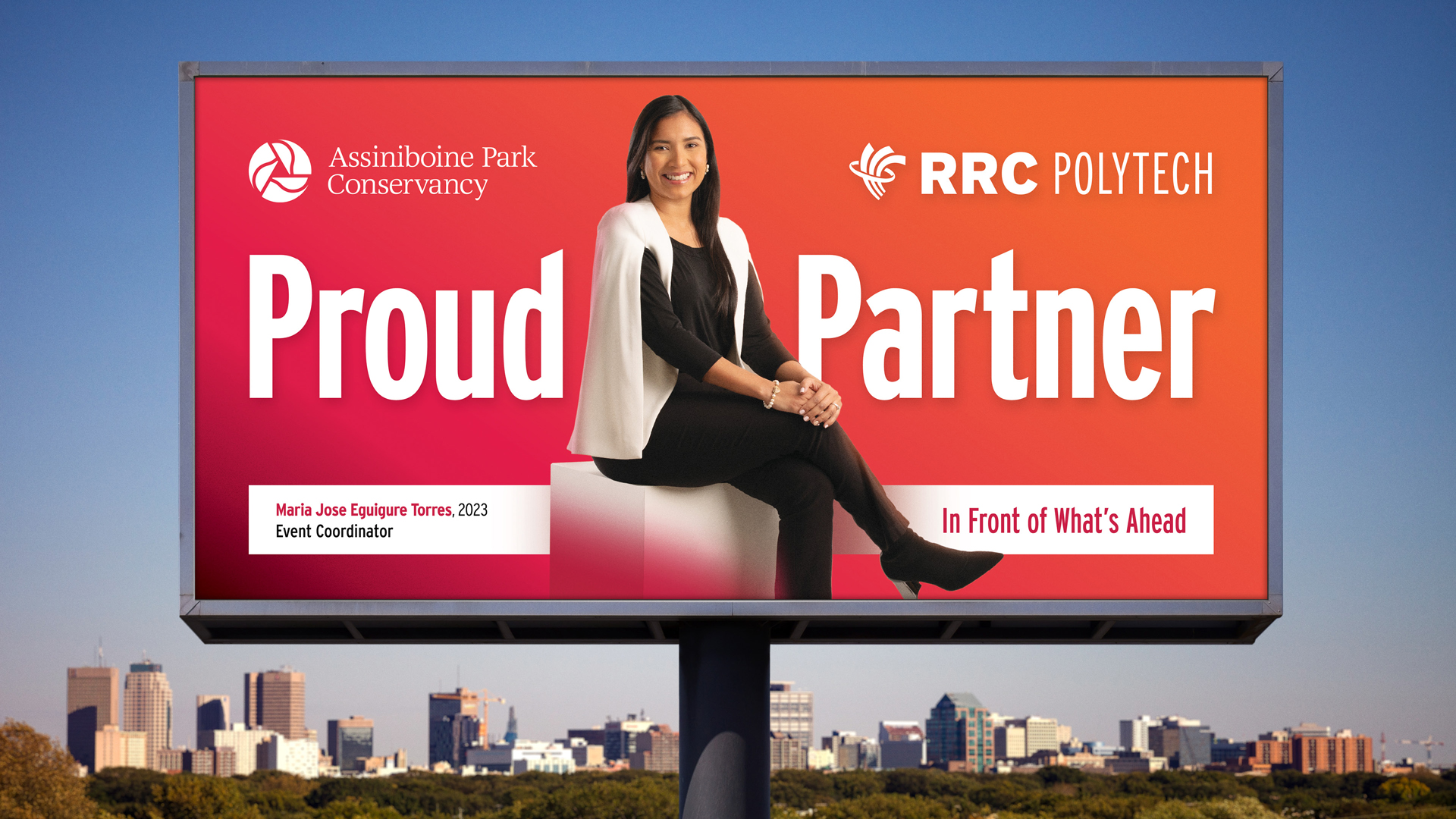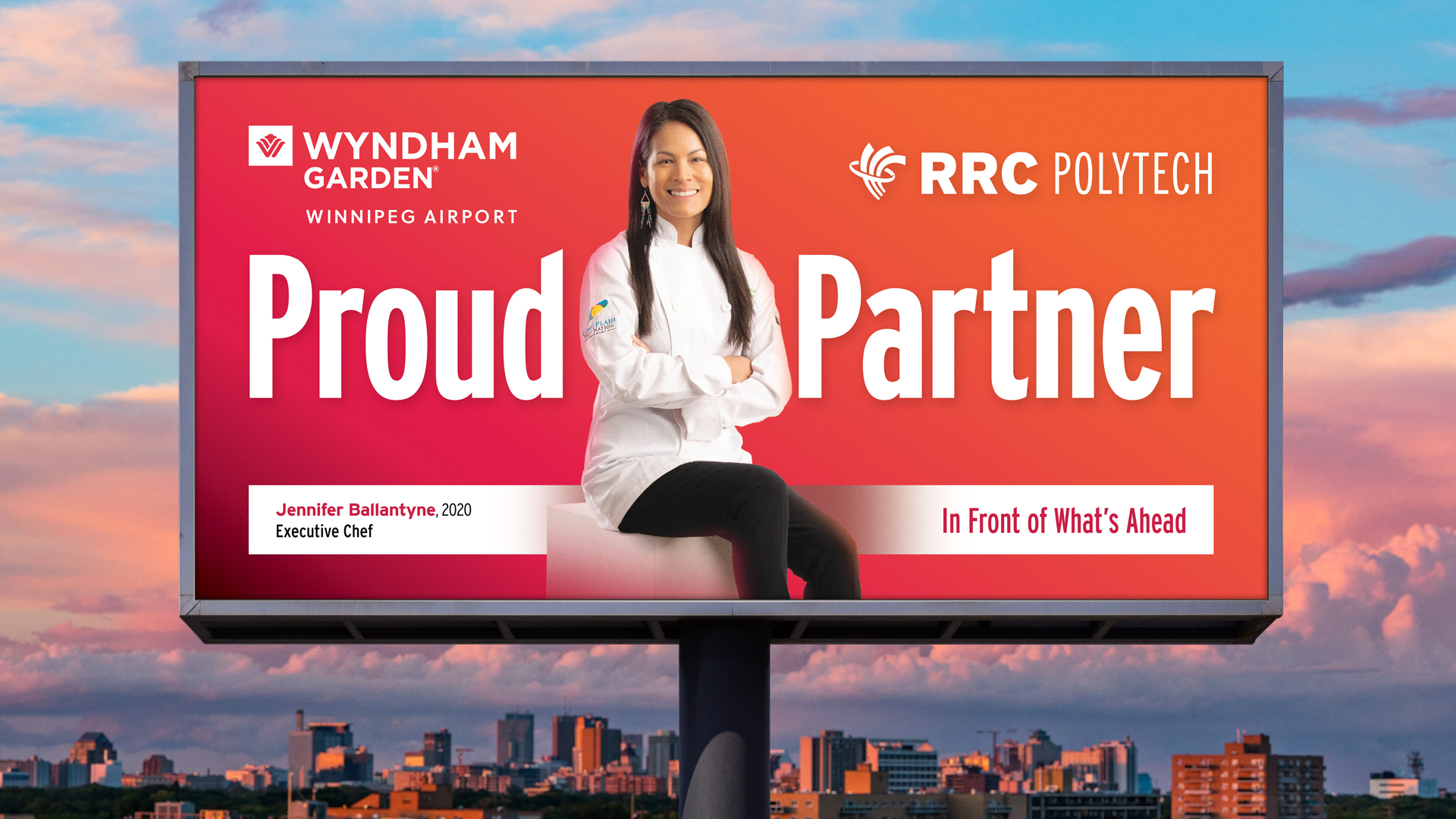Business Administration grad builds community and legacy at Shooters Family Golf Centre
Golf can be a relaxing pastime for some and a frustrating obsession for others. But for Business Administration grad Guido Cerasani, golf has been the beating heart behind 31 years of community and family at Shooters Family Golf Centre.
Shooters is well-known in Winnipeg as the city’s only privately-owned 18-hole course. Open year-round, it features a par-57 course, a driving range that includes grass tees, a miniature golf course, and a pro shop. The 2731 Main Street location sits at the edge of the city and also boasts a restaurant and outdoor patio.
It’s an impressively diverse business. For Cerasani, though, having family involved at every level is the best part. His son Eason runs the pro shop and daughter Amy leads the restaurant operations and food services. Both are also RRC Polytech graduates. Cerasani’s wife, Sue, is also a big part of the family aspect behind the ‘Family Golf Centre’.
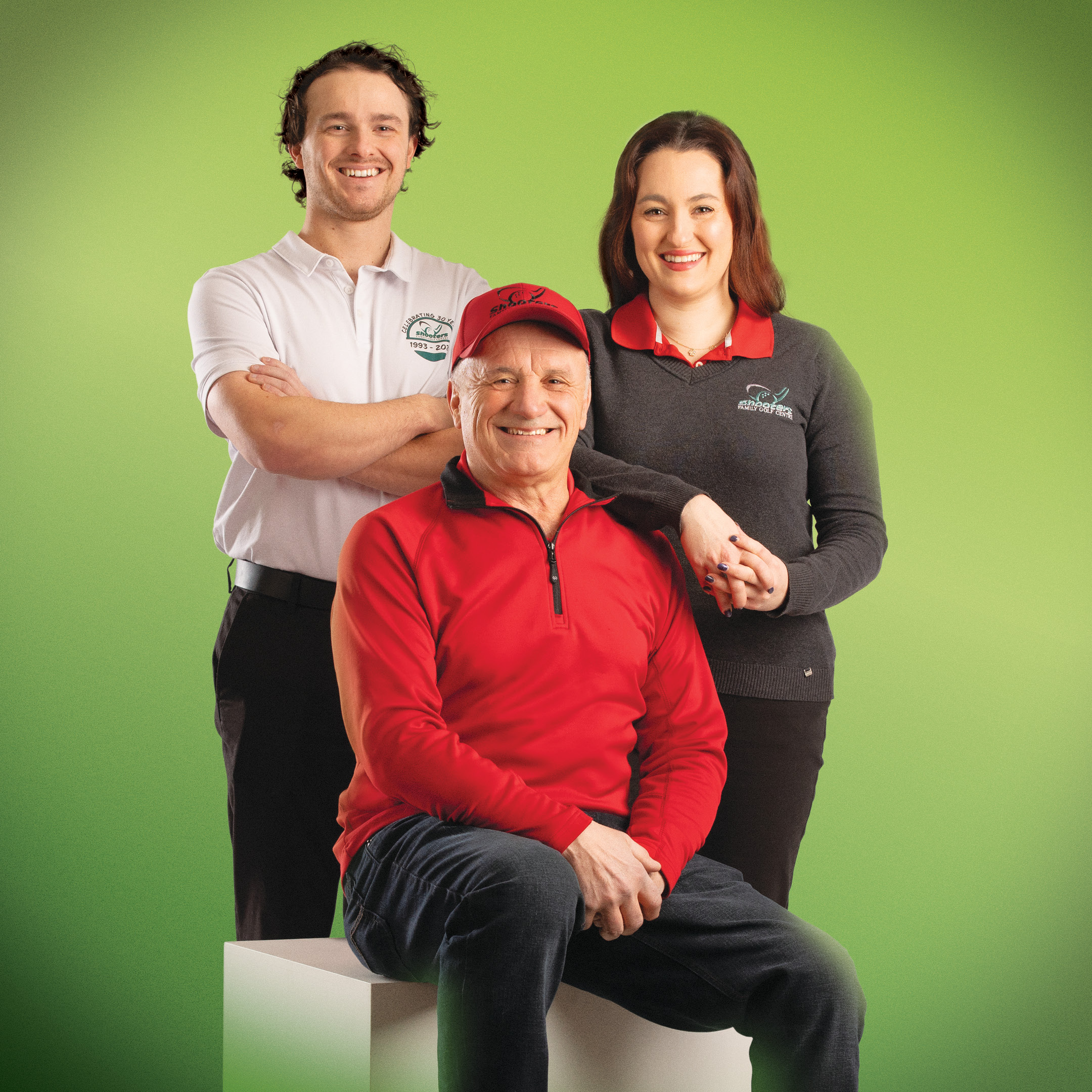
“We’re fortunate because our kids were born and raised at the golf course, so they spend every day of their lives with us,” said Cerasani. “One of the pre-requisites of them taking over management operations is that they had to graduate from the Business Administration program at RRC Polytech, and they both did. So yeah, it’s a family affair.”
Cerasani graduated from the College’s Business Administration program in 1978. Shortly after, he began a successful 20-year banking career with TD. While he originally thought of himself as handy man in high school and envisioned a future as an electrician, success in early computing — and a bit of luck — changed everything for Cerasani when he decided to divert from a friend group attending university and instead opted to fast-track his financial career with hands-on learning at RRC Polytech.
“Everybody says ‘you know what you’re going to do’, but I really had no idea what I was going to do,” he said. “In high school, I took typing classes and it turns out it was the best class I ever took in my life because I could type 65 words per minute. Then when I got into banking, we had to do a lot of our own typing.”
“That said, I like to fix things and build things, I like to tinker and make electronic devices, and because of that I thought I’d be something of a mechanical guy, doing something with my hands and not working in an office. But you just never know – at least, I didn’t know right away.”
Read More →“Going to RRC Polytech was the best decision I ever made, because if I hadn’t gone there, I don’t think I would be the businessman I am today.”
Guido Cerasani, RRC Polytech graduate (Business Administration, 1978)
